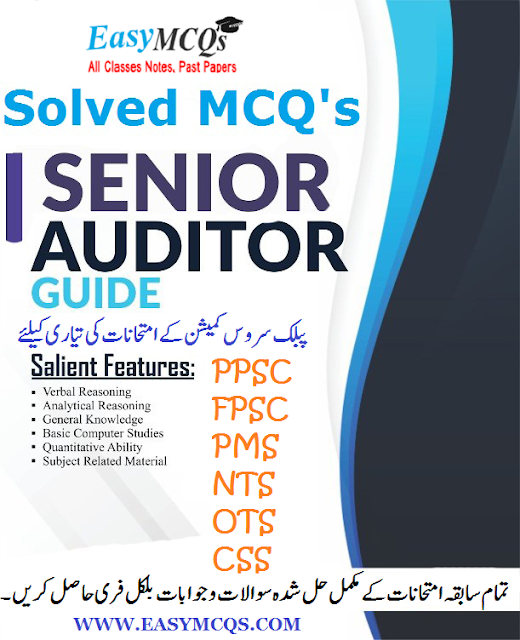If you want to learn solved Objective type Biology Competitive Exams Questions with solved answers in PDF you're on this page right website. You will learn here Biology MCQ Questions with Answers PDF Past Papers most repeated Questions With Solved answers.
 |
| Biology PDF MCQs With Answers |
Objective type MCQs Learn and Practice Biology Questions to improve your scores in the competitive exam. PDF Biology Multiple Choice Questions and Answers for Different Competitive Exams Learning Biology through MCQs Online Past Papers Questions and Answers Topic-wise for different competitive exams.
Biology PDF MCQs With Answers Question Answers
Explore Biology MCQs and test your conceptual understanding. Comprehensive coverage of all Class 11 and 12 biology concepts for upcoming competitive MDCAT and other Nursing Exams preparations. You will learn Biology MCQ with detailed explanations for interviews, entrance, and competitive exams. Explanations are given for understanding easily with online quiz tests.
Biology and Life Science Question with Answer for General Knowledge Question Answer online with objective type competitive exams or entrance tests because of these questions have been mostly repeated in exams. Now you have to look at some common objective type solved MCQ on biology that are important for your good scoring in exam tests. Do you want PDF Biology and the General Science question answers?
Learn MDCAT, PPSC, FPSC, CSS, PMS, Nurses exams Top 100 Biology Questions and Answers PDF for SSC, UPSC exams tests. Learn Biology Easy MCQs pdf that is very useful for various competitive exams just like PPSC, SSC, NTS, CPO, FPSC, KPPSC, CGL, BPSC, CHSL, MDCAT, MTS, Doctors, Nurses and Public Service Commission etc. This pdf is compiled by Easy MCQs for upcoming tests Preparations.
Learn A-Level Solved Biology Multiple Choice Questions with Answers MCQs In PDF. Learn online solved Quizzes & Practice entrance exams MCQs Tests with Answer. All of these MCQs with solved Key contain course reviews and easy tests for competitive exams with quizzes. Cell Biology MCQ Question with Answer and quiz tests of Cell Biology MCQ with detailed explanation for interviews, entrance tests, and competitive exams. Biology multiple choice objective questions and answers free pdf In English for competitive tests.





















